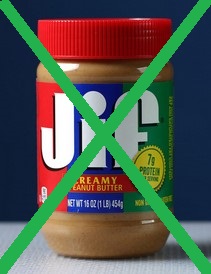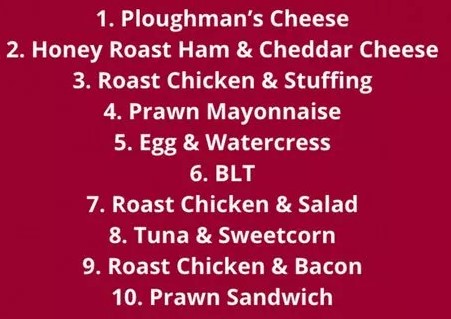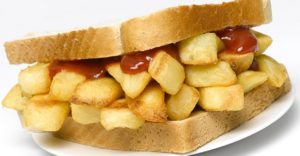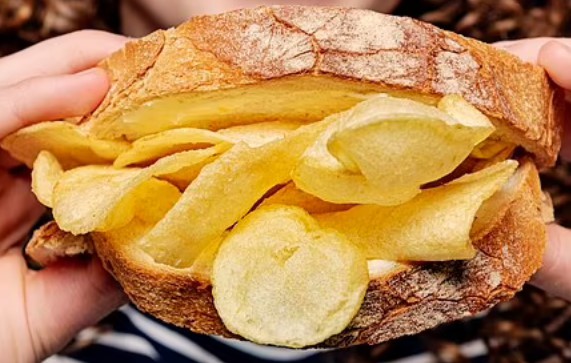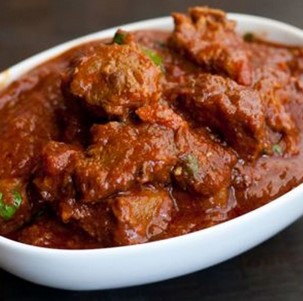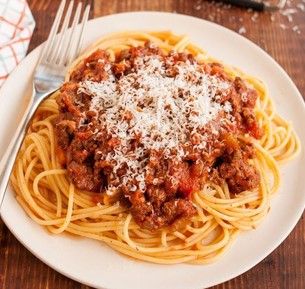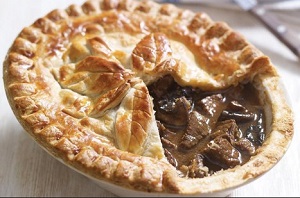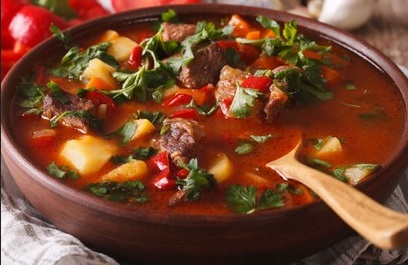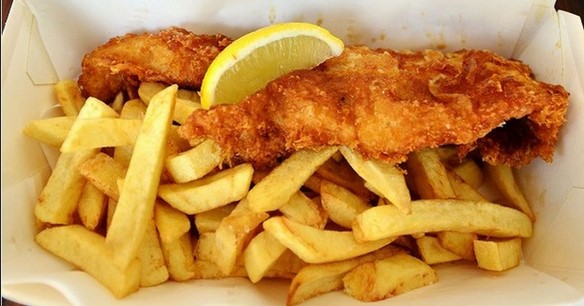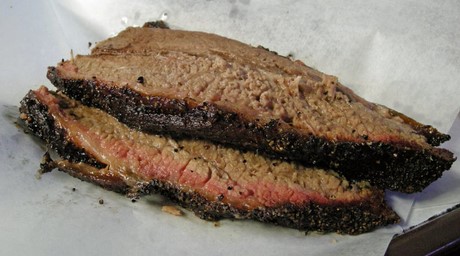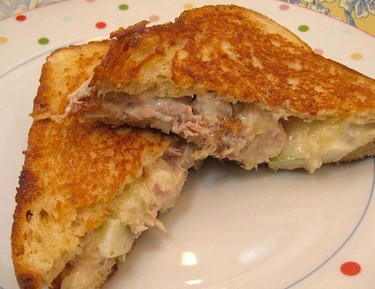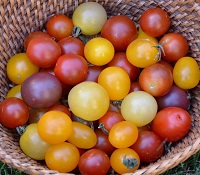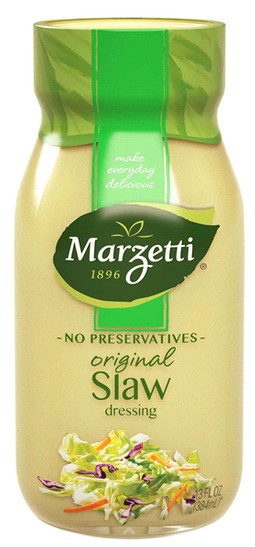From City Journal:
Restaurants supply physical nourishment, but their ultimate contribution to life is spiritual. From the bonds forged with dining partners to the camaraderie shared with fellow patrons to the banter exchanged with staff, dining out is a social, aesthetic experience. But QR codes are ruining it. More than a superficial nuisance, they are a sign of cultural decline.
Whenever I go to a restaurant and am confronted with this nonsense, I ignore it and demand to get a paper menu. Usually, I get strange looks from the staff and eventually get a plain photocopied list, with no pictures of the dishes.
Suits me fine; I know what a burger looks like, ditto schnitzel, ditto spaghetti bolognaise, ditto pretty much everything I care to eat.
Although it hasn’t happened yet, if I’m ever told that I can only order a meal through my phone, I’ll get up and walk out. I hate using my fucking phone at the best of times, and to sit there squinting at a list of dishes in tiny type with microscopic pictures is guaranteed to put me in a terrible mood — not the ideal customer a restaurant wants, because then I’m going to find fault with almost everything that happens thereafter.
I’ve already griped about concrete walls/floors and loud music, so I’m not going to repeat it all here.
I know all about the cost of labor and the difficulty in finding decent waiters and waitresses nowadays, and I don’t care. I want the personal touch when I go out to eat, and you can forget that drive-through shit, too — hell, if I ever go to a fast-food restaurant (a highly infrequent event), I park the car and walk inside to place my order.
I was never a fan of “casual dining” to begin with, other than as a family/friends event, or being out of town where I have no option. But as this move towards impersonal- and remote service seems to be growing, the less likely I’m going to be found eating out.
A pox on all of them, and on this so-called modern life.

